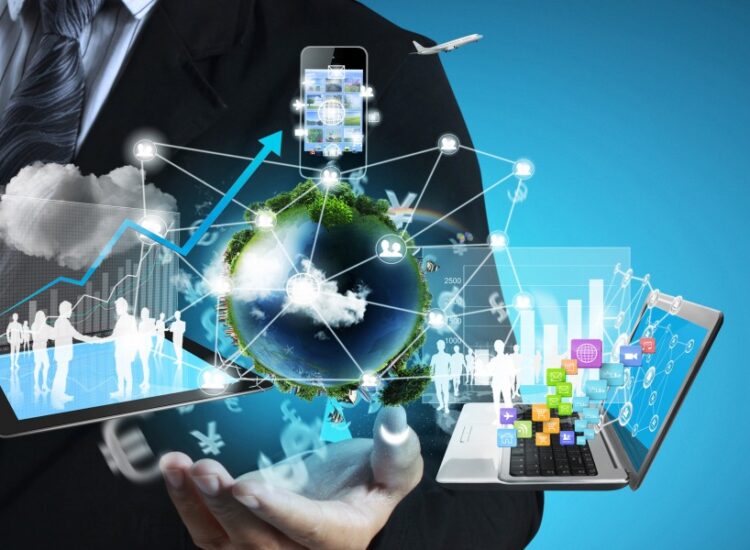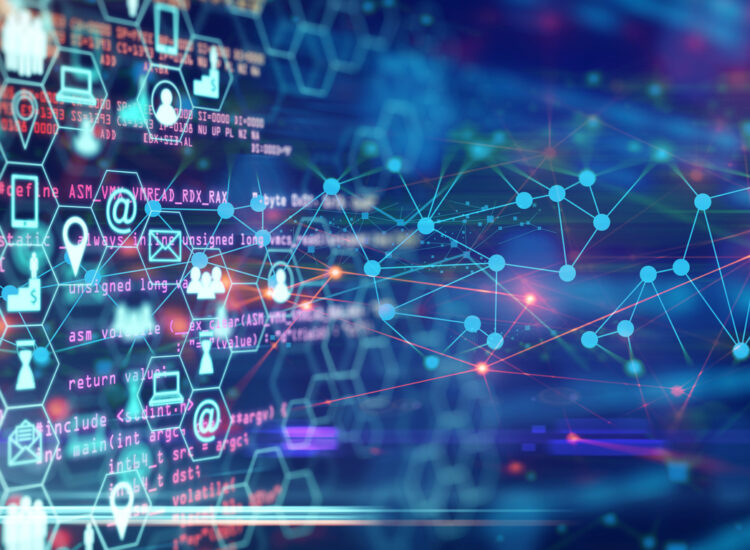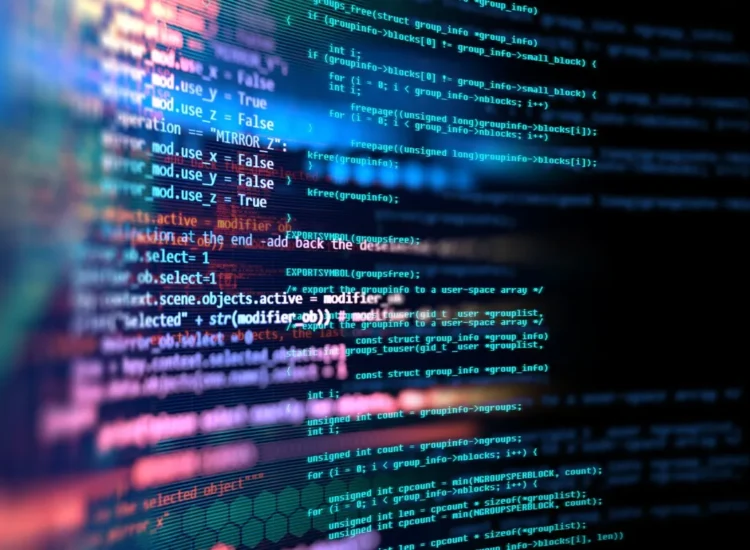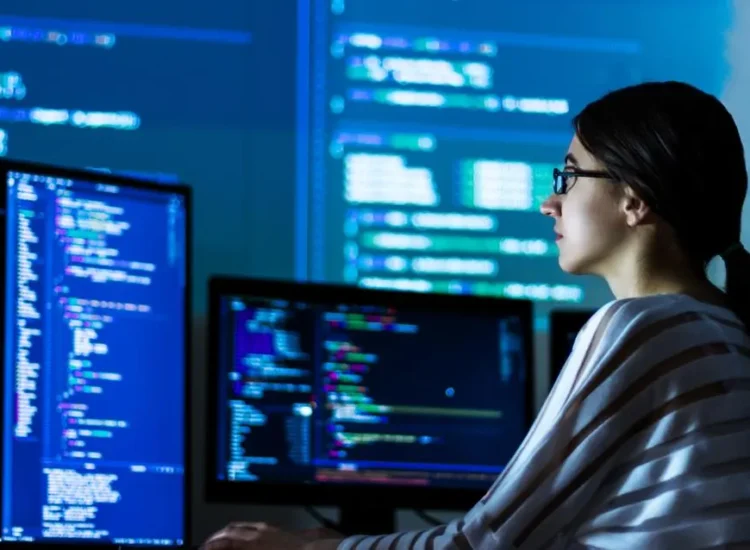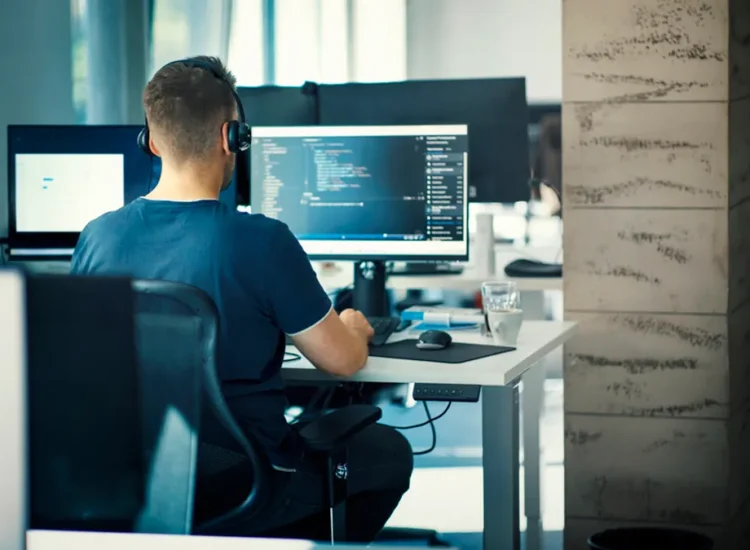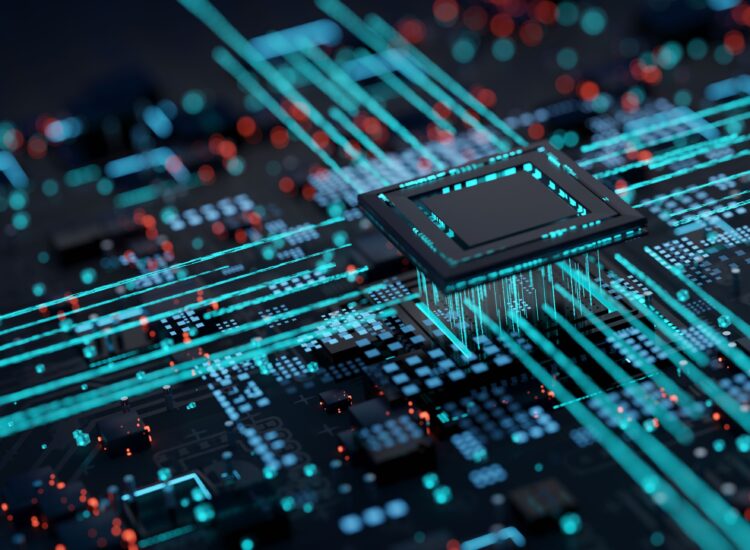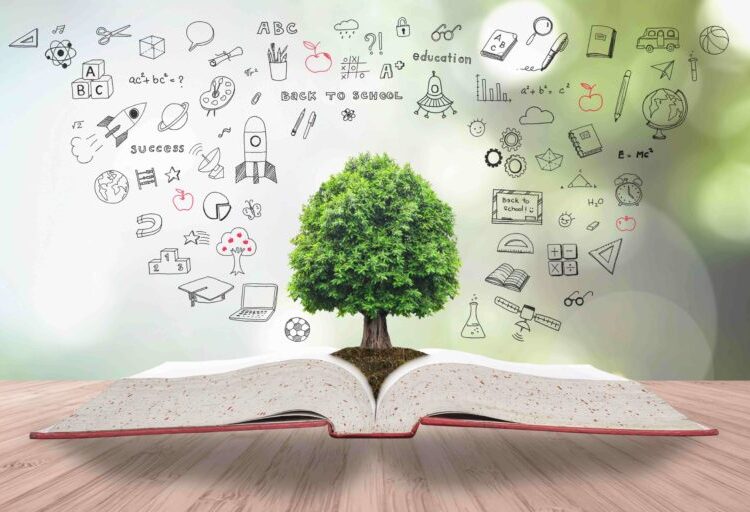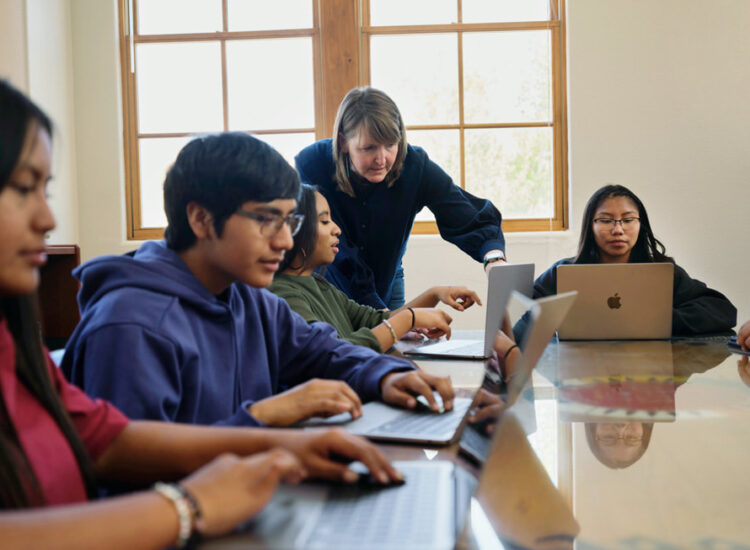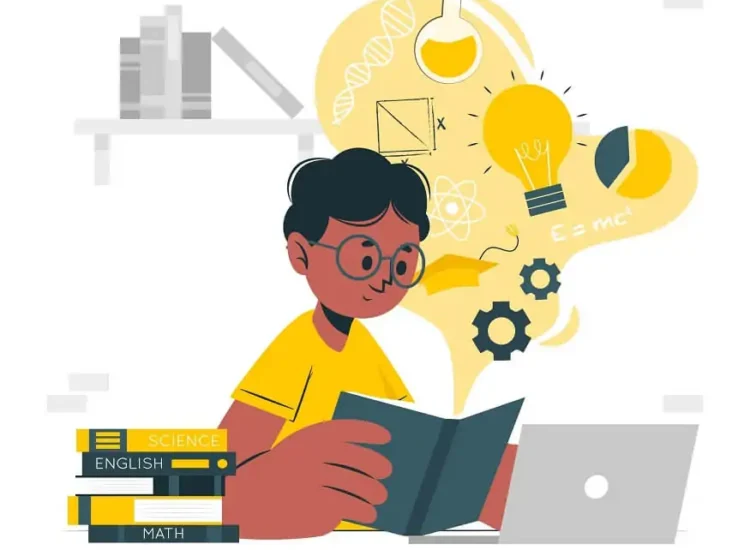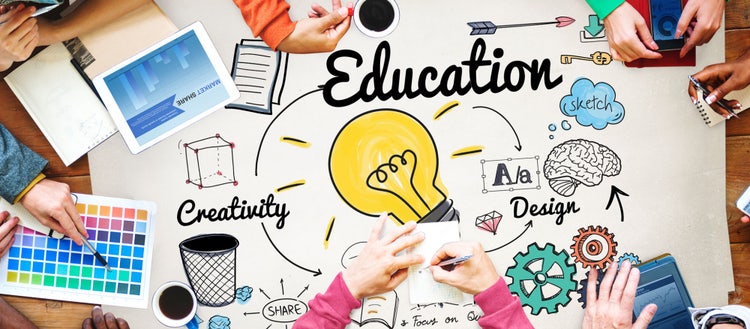The Visual Revolution: Exploring the World of Artificial Intelligence Images
Images are fundamental to how we communicate, tell stories, and understand the world around us. From ancient cave paintings to modern digital art, visual creation has been a uniquely human endeavor, requiring skill, imagination, and effort. However, a seismic shift is occurring in the visual landscape, driven by the exponential growth of artificial intelligence. The emergence of artificial intelligence images is not just changing how we create visuals; it’s redefining the very concept of imagery itself.
Toc
Artificial intelligence images, often referred to as AI-generated images or AI art, are visuals created or significantly manipulated using artificial intelligence models. While AI has been used for image processing tasks like recognition and analysis for years, the recent breakthrough has been the ability of AI models to generate entirely new images from scratch, often based on simple text descriptions. This capability has captured the public imagination and opened up a Pandora’s Box of creative and practical possibilities.
The technology behind artificial intelligence images is rapidly advancing, moving from generating abstract or surreal visuals to creating photorealistic scenes, complex illustrations, and images in diverse artistic styles. This means that anyone with an idea and access to an AI tool can potentially bypass traditional barriers to visual creation, producing high-quality or highly imaginative images without needing advanced drawing, painting, or photography skills.
This article will take a comprehensive look at the fascinating world of artificial intelligence images. We will explore how these images are created, the underlying AI technology that powers them, the wide-ranging applications where they are already making an impact, and the important practical and ethical considerations surrounding their use. Whether you’re an artist, a marketer, a researcher, or simply curious about the future of visual media, understanding artificial intelligence images is becoming increasingly essential.
What are Artificial Intelligence Images? Creation and Technology
Understanding artificial intelligence images begins with grasping the different ways AI interacts with visual content and, more importantly, how it learns to generate entirely new visuals. It’s a field that blends complex algorithms with human creativity.

Defining Artificial Intelligence Images (Generated and Manipulated)
The term artificial intelligence images can broadly refer to any image that has been processed or created using AI. While recent focus has been on AI generation, it’s worth noting that AI has long been used for image manipulation and analysis.
- AI-Generated Images: This is the most revolutionary aspect. These are images conjured into existence by AI models, typically from a non-image input like a text prompt, a sketch, or another image as a starting point. The AI doesn’t just alter existing pixels; it synthesizes entirely new pixel arrangements based on its training data and the user’s instructions. Text-to-image generation is the most prominent example here.
- AI-Manipulated/Enhanced Images: This category includes images that are modified using AI. Examples include:
- Super-resolution: Increasing the resolution and detail of a low-resolution image.
- Inpainting/Outpainting: Filling in missing parts of an image or extending an image beyond its original borders, intelligently generating content that fits seamlessly.
- Style Transfer: Applying the artistic style of one image (e.g., a Van Gogh painting) to the content of another image (e.g., a photograph).
- Object Removal/Editing: Using AI to intelligently remove objects from a photo or make complex edits that would be tedious manually.
- Colorization: Adding realistic color to black and white images or videos.
While AI manipulation tools have been used by photographers and editors for years, the algorithms powering them have become significantly more sophisticated with the advent of deep learning. However, when most people today talk about the impact of artificial intelligence images, they are primarily referring to the generated kind – the ability to conjure visuals from descriptions. This capability is fundamentally changing the creative workflow.
The Engine: How AI Models Create Images (Generative Models)
The magic behind AI-generated images lies in sophisticated AI models known as generative models. Unlike discriminative models, which are trained to classify or identify patterns in data (e.g., recognizing a cat in a photo), generative models are trained to create new data that is similar to the data they were trained on. For images, this means learning the complex distributions of pixels that make up visually coherent and realistic or artistic images.
Two types of generative models have been particularly influential in the rise of artificial intelligence images:
-
Generative Adversarial Networks (GANs): Introduced in 2014, GANs consist of two neural networks, a Generator and a Discriminator, 1 trained in competition. The Generator tries to create realistic-looking images, while the Discriminator tries to distinguish between real images from the training dataset and fake images created by the Generator. Through this adversarial process, both networks improve, and the Generator becomes increasingly capable of producing highly convincing, novel images. GANs were pivotal in demonstrating AI’s ability to create impressive, high-resolution artificial intelligence images.
1. medium.com -
Diffusion Models: More recently, diffusion models have emerged as the state-of-the-art for text-to-image generation, powering many of the popular tools today. These models work by learning to reverse a process of adding noise to an image. Imagine starting with a clear image and gradually adding random noise until it’s just static. A diffusion model learns to do the opposite: start with random noise and gradually “denoise” it step by step, guided by a condition (like a text prompt), until a coherent image emerges. This iterative denoising process allows diffusion models to generate incredibly diverse, high-fidelity, and controllable artificial intelligence images.
These models are trained on absolutely massive datasets containing billions of images paired with corresponding text descriptions. By analyzing these vast quantities of data, the AI learns the relationships between words and visual concepts – what “a cat sitting on a mat” looks like, what artistic styles are, the composition of different scenes, and so on. This training is computationally intensive but is what gives the AI the capacity to understand prompts and translate them into novel visuals, creating unique artificial intelligence images on demand.
From Text Prompts to Visuals: The Power of Text-to-Image
The most popular and accessible way for users to create artificial intelligence images currently is through text-to-image generation. This process takes a natural language description, known as a “prompt,” and uses an AI model to synthesize an image that visually represents that description.
The prompt is the creative input. It can be simple (“a dog wearing sunglasses”) or complex (“an oil painting of a futuristic city skyline at sunset, in the style of Van Gogh”). The AI model interprets the words and phrases in the prompt, drawing upon the vast visual knowledge it acquired during training, and generates an image that attempts to fulfill the prompt’s requirements.
The effectiveness of text-to-image generation lies in its ability to combine concepts, styles, and attributes in ways that might be difficult or impossible to create through traditional methods. You can ask for “an astronaut riding a horse on the moon in a watercolor style,” and a good artificial intelligence image generator will attempt to create a visual representation of that imaginative concept.
The process often involves more than just the initial text prompt. Users can sometimes refine results by adding negative prompts (telling the AI what not to include), adjusting parameters like aspect ratio or style weights, or using initial “seed” images or sketches to guide the generation. The skill of writing effective prompts, sometimes called “prompt engineering,” is becoming a new form of digital artistry, where the creator collaborates with the AI by providing precise instructions to guide its creative process towards desired artificial intelligence images.
1. https://lifeify.net/mmoga-find-the-best-personal-web-hosting-for-your-small-business/
2. https://lifeify.net/mmoga-the-best-web-hosting-for-beginners-in-2024/
5. https://lifeify.net/mmoga-once-human-private-server-a-players-perspective/
This text-to-image capability is transformative because it democratizes visual creation. Ideas that were once constrained by technical drawing skills or access to specific resources can now be rapidly visualized, allowing for unprecedented creative exploration and the rapid production of diverse artificial intelligence images.
Beyond Creation: Applications and Impact of AI Images
The influence of artificial intelligence images extends far beyond simply generating novel pictures. AI is being used to enhance, analyze, and apply visual content in powerful ways across numerous sectors.
Revolutionizing Creative Industries (Art, Design, Marketing)
The creative industries are perhaps feeling the most immediate and significant impact of artificial intelligence images. Tools capable of rapid image generation are changing workflows and opening new avenues for artistic expression and commercial design.
In the world of art, AI image generators are being used by artists as creative partners. Instead of replacing human creativity, AI can act as a powerful tool for brainstorming, generating concepts, exploring different styles, and creating elements that are then incorporated into larger works. Artists can use AI to quickly visualize abstract ideas or create unique textures and backgrounds. The debate around whether AI-generated images constitute “art” is ongoing, but there is no doubt that AI is a new medium and tool for artistic expression, leading to entirely new forms of artificial intelligence images being exhibited and sold.
For graphic designers and illustrators, AI offers incredible efficiency. Designers can generate multiple visual concepts or variations for a project in minutes, saving hours of manual sketching or rendering. They can create unique stock imagery, develop visual themes, or generate complex background illustrations quickly. This allows designers to spend more time on refinement, composition, and applying their unique human touch, rather than on initial creation. Artificial intelligence images are becoming a standard tool in the digital designer’s toolkit.
Marketing and advertising teams are leveraging AI images for rapid content creation. Need visuals for a social media campaign? AI can generate unique images tailored to specific themes or demographics almost instantly. Creating visual assets for blog posts, email newsletters, or digital ads becomes faster and more cost-effective. Companies can generate diverse visuals for A/B testing in campaigns without the need for expensive photo shoots or stock image licenses (though licensing AI images is a developing area). Artificial intelligence images enable marketers to keep up with the demanding pace of digital content needs.
Furthermore, AI is being used in fields like architecture and interior design to quickly visualize concepts based on descriptions or sketches, helping clients and designers iterate on ideas more rapidly. The speed and versatility of generating artificial intelligence images are proving invaluable across the entire creative spectrum.
Enhancing Photography and Visual Content
AI’s relationship with photography is evolving from purely analytical tools to becoming a co-creative or enhancement partner, contributing directly to the creation and refinement of artificial intelligence images or image elements.
AI-powered photo editing software has become incredibly sophisticated. Tools can now perform complex tasks that were previously time-consuming manual efforts. Examples include seamless object removal, realistic sky replacement, automatic portrait retouching, and adjusting lighting conditions. These features use AI models trained on millions of images to understand how pixels should look and behave in different contexts, effectively generating or altering parts of the image in an intelligent way, contributing to the quality of final artificial intelligence images.
AI image upscaling is another significant application. AI models can intelligently add pixels and detail to low-resolution images, making them suitable for larger prints or displays. Unlike traditional scaling methods that simply stretch pixels, AI upscaling predicts and generates new pixel information based on patterns learned from high-resolution images, enhancing the overall quality of artificial intelligence images derived from smaller sources.
While most photography still starts with a camera capturing reality, AI is enabling photographers to go beyond the lens, creating composite artificial intelligence images that blend photographic elements with AI-generated components or using AI to elevate the captured image’s visual quality to new levels. AI can even be used to generate synthetic datasets of images for training other AI models, a crucial step in machine learning development.
AI Images in Science, Research, and Other Fields
The utility of artificial intelligence images extends beyond the creative and marketing worlds into scientific research, technology development, and various specialized applications.
In science and research, AI image generation can be used to visualize complex data or abstract concepts in an intuitive way, aiding in communication and understanding. For example, AI could potentially generate visual representations of molecular structures based on data, or illustrate theoretical physics concepts. While still an emerging area, using AI to create illustrative artificial intelligence images could help bridge the gap between complex data and visual comprehension. AI is also heavily used in the analysis of scientific images, such as medical scans or satellite imagery, but its role in generating or enhancing these images for specific purposes (like anomaly amplification) is growing.
For developers and AI trainers, generating synthetic artificial intelligence images is a crucial technique. Training robust AI models, particularly computer vision systems, requires vast amounts of labeled data. Creating large, diverse datasets through traditional means is expensive and time-consuming. AI image generators can create synthetic images of specific objects, scenes, or conditions, providing cost-effective training data that can improve the performance of other AI systems.
In simulation and training, AI can generate diverse visual scenarios for training autonomous vehicles, robots, or even human personnel in virtual environments. Creating realistic and varied visual stimuli using artificial intelligence images helps systems and individuals learn to navigate complex or rare situations safely.
Even in fields like journalism, AI is starting to be used to generate illustrative images for articles, especially for concepts that are difficult to photograph directly or for breaking news when relevant visuals are not immediately available (though the ethical implications of using synthetic images in journalism are significant and require careful consideration and disclosure).
The pervasive need for visual content, coupled with the increasing capabilities of AI, means that the application areas for artificial intelligence images are constantly expanding, impacting fields from creative arts to hard science.
As artificial intelligence images become more prevalent, understanding how to access the tools to create them, being aware of the important ethical questions they raise, and considering the future trajectory of this technology are crucial for anyone engaging with this space.

Accessing and Using AI Image Generation Tools
The barrier to entry for creating artificial intelligence images has significantly lowered, with various tools available to the public. These tools differ in their underlying models, features, ease of use, and pricing.
2. https://lifeify.net/mmoga-the-sound-of-tomorrow-exploring-voice-artificial-intelligence/
3. https://lifeify.net/mmoga-once-human-private-server-a-players-perspective/
4. https://lifeify.net/mmoga-find-the-best-personal-web-hosting-for-your-small-business/
5. https://lifeify.net/mmoga-cloud-app-hosting-the-ultimate-guide-for-startup-founders/
Most popular artificial intelligence image generator tools operate via a web interface, where users simply type in a text prompt and receive generated images within seconds or minutes. Examples of well-known platforms include Midjourney, DALL-E (by OpenAI), and Stable Diffusion (which is also available as open-source software that can be run on capable personal computers).
Some tools are designed for simplicity, offering intuitive interfaces and curated options, while others provide more granular control over parameters and models, catering to users who want more technical command over their artificial intelligence images. Many platforms offer free trials or limited free usage tiers, allowing newcomers to experiment with text-to-image generation. Paid plans typically involve subscriptions or credit-based systems, where generating images consumes credits.
Beyond web interfaces, some platforms offer APIs, allowing developers to integrate AI image generation capabilities directly into their own applications or services. This enables custom solutions and opens up new product possibilities built around the creation of artificial intelligence images.
Getting good results from these tools often requires learning the art of prompt engineering. Crafting clear, descriptive, and specific prompts is key. Experimentation is vital – trying different phrasing, adding artistic styles, specifying lighting or camera angles, and using negative prompts can dramatically alter the output and help users generate the exact artificial intelligence images they envision. Many online communities and resources are dedicated to sharing prompting tips and techniques.
Ethical and Copyright Considerations for AI Images
The rapid rise of artificial intelligence images has outpaced regulation and societal consensus, leading to significant ethical and legal debates, particularly around copyright and originality.
One of the most debated aspects is copyright. Who owns the copyright to an image generated by AI? Does the person who wrote the prompt own it? Does the company that developed the AI model own it? Does the AI itself have any claim? Legal frameworks are still catching up, and interpretations vary globally. Some jurisdictions currently do not grant copyright to works created solely by AI without human authorship. This ambiguity has implications for commercial use, licensing, and the value of artificial intelligence images.
The question of originality and creativity is also central. Are AI-generated images truly “creative”? Do they devalue human artistic skill? While AI can produce visually impressive results, the debate is whether the creativity resides in the machine or in the human’s ability to conceptualize the idea and craft the prompt to guide the AI. Most see AI as a powerful tool, analogous to a camera or Photoshop, where the human operator’s vision and skill are still paramount in producing meaningful artificial intelligence images.
Concerns also exist around bias in training data. AI models learn from the data they are trained on. If the training data contains biases (e.g., underrepresentation of certain demographics, reinforcement of stereotypes), the AI-generated images may reflect and perpetuate those biases. Ensuring diversity and fairness in training data is a challenge developers are working to address.
Finally, the potential for misuse is a serious ethical issue. Just as AI voices can be used for deepfakes, AI image manipulation and generation can be used to create misleading or harmful visual content, spread disinformation, or violate privacy. The ease with which photorealistic fake images can be created necessitates developing methods for detection and promoting media literacy to identify artificial intelligence images when they are not clearly labeled.
Navigating the world of artificial intelligence images requires not just understanding the technology and tools but also engaging with these critical ethical questions and advocating for responsible development and use.
The Evolving Landscape and Future of Artificial Intelligence Images
The field of artificial intelligence images is one of the fastest-moving areas in technology. Capabilities that seemed futuristic just a couple of years ago are now mainstream, and innovation continues at a breakneck pace.
We can expect future artificial intelligence image generators to offer even greater control and fidelity. This includes:
- More precise control over composition, object placement, and fine details within the image.
- Improved understanding of complex prompts and nuanced artistic instructions.
- Faster generation times, potentially approaching real-time image creation.
- Better consistency when generating characters or styles across multiple images.
- Integration of 3D understanding, allowing the generation of complex 3D scenes or objects from text.
Artificial intelligence images will likely become increasingly integrated into existing creative and business workflows. Adobe, for instance, is already incorporating generative AI features (like Generative Fill) into its Photoshop software. We may see AI image generation become a standard feature in presentation software, web design tools, and even everyday communication apps.
The future will also see continued exploration of AI as an artistic medium, pushing the boundaries of what is visually possible. New styles, aesthetics, and forms of digital art will likely emerge directly from collaborations between human creators and AI systems capable of generating unique artificial intelligence images.
However, the ethical and societal discussions will also intensify. Addressing copyright issues, developing robust detection tools for AI-generated fakes, and establishing norms for responsible disclosure when AI is used to create visuals will be critical challenges that need to be solved as the technology matures and becomes even more powerful.
In conclusion, artificial intelligence images represent a profound technological advancement with the potential to reshape numerous industries and aspects of our lives. By understanding how they are created, exploring their diverse applications, and engaging responsibly with the tools and ethical considerations, we can harness the power of AI to unlock new levels of creativity, efficiency, and visual communication. The journey into the world of artificial intelligence images is just beginning, and its impact will undoubtedly continue to grow.
